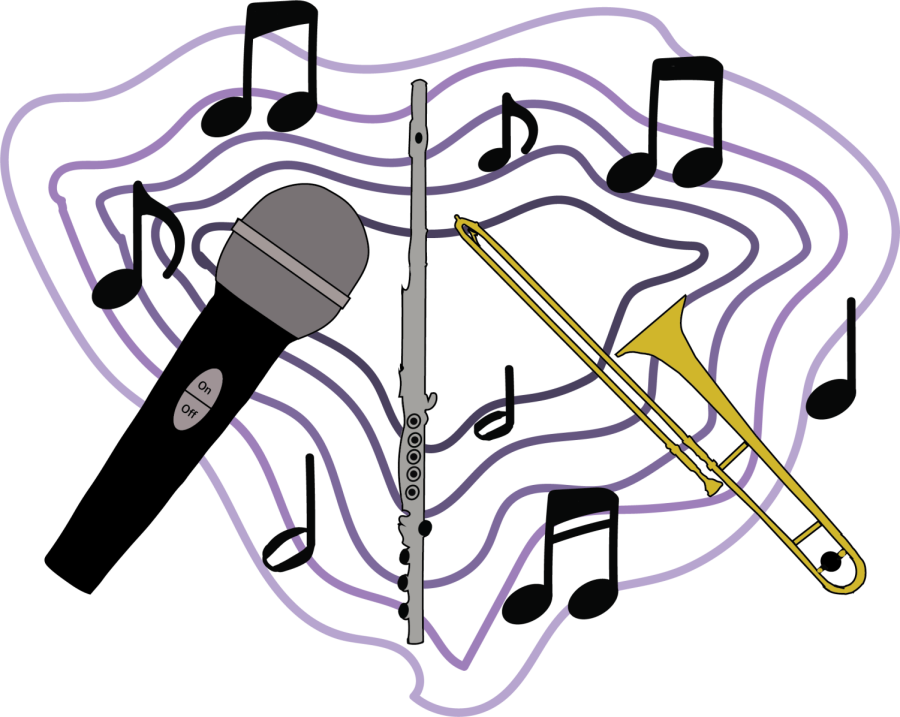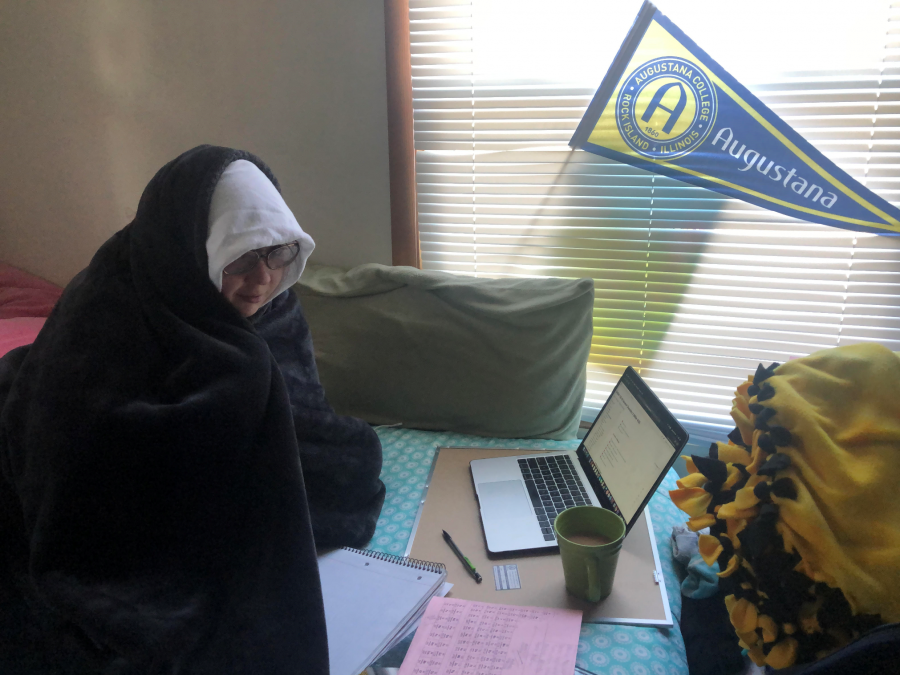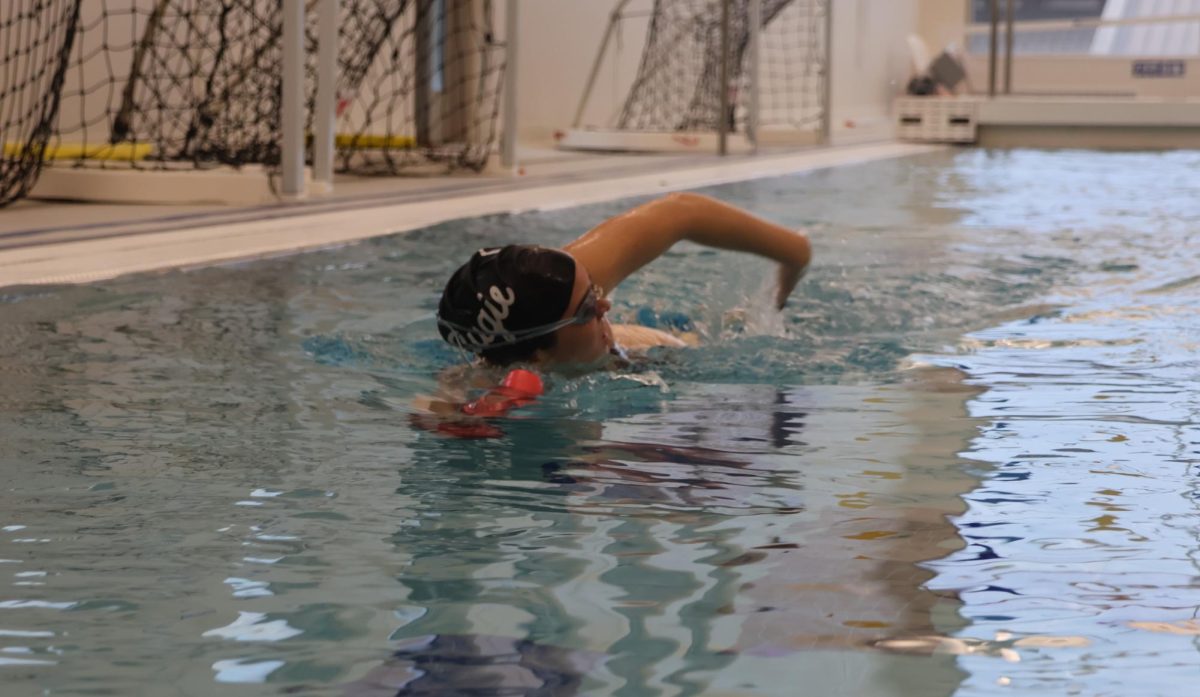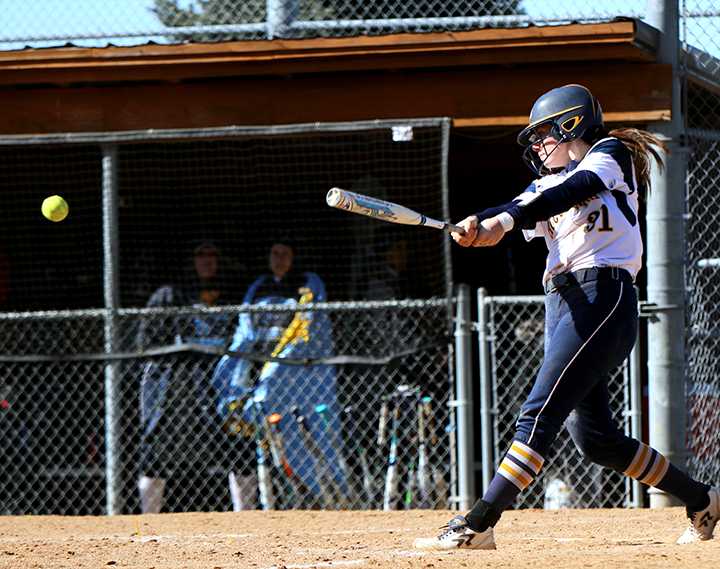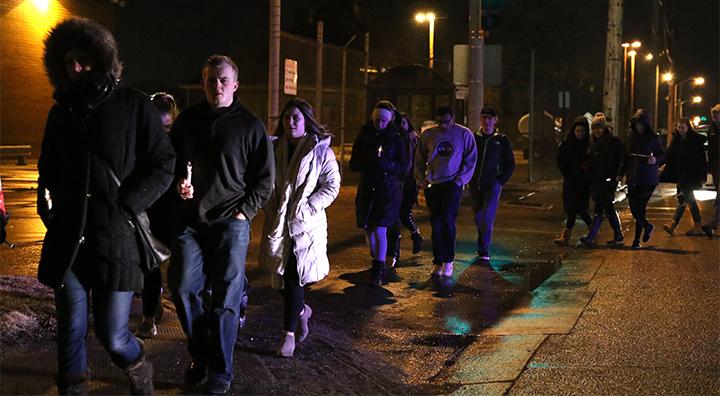California’s water reservoirs, snow levels in the mountains and rain frequency have continued to drop in one of the worst U.S. droughts, which Professor in Biology Bohdan Dziadyk said affects all parts of the country, even Augustana.
Dziadyk said the drought could affect “more students from California coming to Augustana since they want to leave the state. There also may be rises and prices of fruits and vegetables and gas than any other goods that may come from California.”
Water reservoirs have gone down in California as much as 50 percent the past four years of the drought.
In addition to the water level of reservoirs dropping, the decreased levels of snow in the Sierra-Nevada Mountains have contributed to the drought. The mountain’s snowpack levels are at a record low. California gets about one-third of its water supply from the Sierra-Nevada Mountains.
With little water coming from the mountains, California residents have been hoping more rain would come in from the ocean, but there will be little rainfall from the ocean because “there is a high pressure system that prevents rain from coming in,” Dziadyk said.
Systems like these happen all the time. But not as long as the one in California.
“It’s common for these systems to last a few months,” Dziadyk said. “But for this to last this long is one of the factors that have put California into crisis.”
There have been many proposed solutions to the drought. The state has implemented mandatory water-use cutbacks in the state for the first time. And according to the Wall Street Journal, Gov. Jerry Brown’s proposed mandate of water reduction, is passed by the State Water Resources Control Board would result in a 25 percent reduction of water consumption.
Another proposed solution is movie star William Shatner’s idea to move water from Washington into California, or to move water from the Great Lakes to California through the use of pipelines.
Dziadyk was not as hopeful for this solution.
“It’s not very realistic to move water tremendous distances,” he said. “You’d have a 4-meter pipeline that would need to have water stations to keep up the pressure to travel through the pipeline.”
The $30 billion plan will most likely not happen since the plan isn’t being considered by California officials.
In addition to the pipeline solution there have been other solutions such as the desalination process, where salt is removed from water through reverse
osmosis.
Dziadyk said that this solution is more realistic.
“It works but it’s expensive. If you have on-site desalination plans for water then it’s a more feasible option,” Dziadyk said.
The drought is affecting mostly Northern California. Augustana junior and resident of Southern California David Sommers said that “when you go to Southern California you would have no idea that there would be a drought. It’s once you have that deeper perception fan you can see the
problem.”
One of the responses to the problem is higher conservation methods and fines for water sections, which aim to cut back water use as much as 25 percent.
Ultimately, a study done at NASA concluded that the state would need 11 trillion gallons of water to recover from its dry spell.
Faculty: Drought effects seen locally
May 4, 2015
0
More to Discover
















